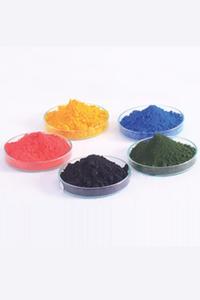Revolutionizing Clean Water Access: Ceramic Membranes in Rural Areas

Clean and safe drinking water is a fundamental human right, yet millions of people in rural areas around the world still lack access to this basic necessity. To address this pressing issue, innovative technologies like ceramic membranes have emerged as game-changers in water purification. Here, we'll delve into how ceramic membranes are transforming the lives of rural communities by providing them with access to purified water. Understanding the Ceramic Membrane Technology Ceramic membranes are advanced filtration systems designed to remove impurities and contaminants from water. They consist of tiny pores within a ceramic material that acts as a physical barrier, allowing clean water molecules to pass through while blocking out harmful substances such as bacteria, viruses, and pollutants. Advantages of Ceramic Membranes in Rural Water Purification 1. Highly Effective Filtration: Ceramic membranes offer exceptional filtration e...




